President Putin and his flair for dramatic storytelling! In a Feb. 24 interview with state TV Rossia-1 (because who doesn’t love a good chat over some televised tea), Putin decided to whip out his metaphorical treasure map. He claimed that Ukraine’s mineral reserves? Pfft, amateur hour!
Russia, on the other hand, has so many rare earth minerals it’s practically tripping over them. And apparently, those four regions of Ukraine—Donetsk, Luhansk, Zaporizhzhia, and Kherson—are just bursting at the seams with shiny goodies. So naturally, according to Putin, they belong in Mother Russia’s pocket.
He even leaned back in his chair (probably while stroking an invisible cat) and declared these territories “historically” Russian. You know, like how I once found my neighbor’s lawnmower in my garage and said, “Ah yes, this is clearly mine now. Historically speaking, of course.” Except unlike me returning the lawnmower after awkward small talk, Putin annexed these regions in 2022 and called it destiny.
But here’s the kicker: experts—and by experts, we mean anyone with access to history books or Google—have pointed out that this claim is about as accurate as saying pineapple belongs on pizza. Spoiler alert: IT DOESN’T. The truth?
These areas were not “reclaimed” but rather forcefully taken from Ukraine under circumstances most countries agree were less “family reunion” and more “awkward hostage situation.”
So next time someone tells you geography is boring, remind them it’s really just real-life drama with better accents and worse plot twists. Stay tuned for Season Whatever of Game of Thrones: Eastern European Edition!
History lessons with Vladimir Putin—a bit like listening to your grandpa recount stories from “the good old days,” except instead of war medals, he’s waving around maps that don’t quite line up. Let’s break this down in a way that even time travelers could follow.
So, according to Putin’s logic (and we’re using “logic” loosely here), the four contested regions—Donetsk, Luhansk, Zaporizhzhia, and Kherson—are totally Russian because… well, once upon a time, back when bell-bottoms were cool and socialism was all the rage, they were part of something called the USSR.
For those playing at home, that stands for Union of Soviet Socialist Republics—or as I like to call it, “Communism: The Board Game.”
Here’s where things get juicy: The USSR wasn’t exactly one big happy family; it was more like a group project where everyone had their own territory but shared the same stapler.
There was the Russian Soviet Federative Socialist Republic (try saying THAT five times fast) and its slightly trendier cousin, the Ukrainian Soviet Socialist Republic. And guess what? Those four regions lived happily ever after within Ukraine’s borders—not Russia’s.
But wait! Cue dramatic music. After the Russian Revolution of 1917, the Soviets redrew the map faster than you can say “border dispute.” Fast-forward through decades of Cold War tension, Chernobyl playlists, and perestroika dance moves, and BAM—the Soviet Union dissolved in 1991.
Suddenly, Ukraine became an independent country again, complete with internationally recognized borders. It’s almost like someone hit the reset button on GeoPoliopoly™.
Now, here comes the punchline: These four regions have NEVER been part of the modern-day Russian Federation. Not even close.
Yet Putin insists otherwise, which is kind of like claiming you owned a house in 1920 just because your great-great-grandpa once borrowed a ladder from the neighbor. Sure, buddy, sure.
To sum it up: If history were a sitcom, Putin would be the guy yelling, “But technically!” while holding up a grainy black-and-white photo as evidence.
Meanwhile, the rest of us are over here Googling “What even IS a socialist republic?” and wondering if there’s popcorn in the breakroom. Stay tuned for next week’s episode: “Maps, Myths, and Misunderstandings!”
Ah, international agreements—those lovely pieces of paper that are about as effective as a “Do Not Enter” sign on a door with no lock when someone really wants to barge in. Let’s unpack this diplomatic mess with the wit it deserves and maybe throw in some jokes for good measure.
So, picture Russia as that one friend who says they’ll respect your boundaries but then shows up uninvited at your house, eats all your snacks, and starts rearranging your furniture. That’s basically what happened here.
In 2014, Russia decided to play hide-and-seek with Ukraine’s borders, sneaking into Crimea like a ninja in the night. Then, just to really drive home how much they love drama, they launched a full-blown war in 2022. It’s like saying, “Hey, remember that time I borrowed your pen? Well, now I’m taking your car too.”
But wait! There were RULES—a whole bunch of them, actually. Agreements so official they probably came with gold-embossed seals and fancy signatures. Here’s the highlight reel:
- The 1991 Alma-Ata Declaration: This was basically the Soviet Union’s retirement party where everyone agreed, “Okay, we’re breaking up, but let’s stay friends and respect each other’s space.” Spoiler alert: Russia ghosted the group chat.
- The 1994 Budapest Memorandum: Imagine Ukraine walking up to Russia, the U.S., and the U.K., holding out its nuclear arsenal like a kid trading Pokémon cards. “Here, take my nukes,” Ukraine said. “In return, promise not to invade me!” Russia nodded solemnly… and then promptly forgot everything five minutes later.
- The 1997 Treaty on Friendship, Cooperation, and Partnership: Sounds romantic, right? Like something you’d frame and hang above your fireplace. Except instead of friendship, Russia interpreted it as “open season” on Ukrainian territory.
- The 2003 Ukraine-Russia Border Treaty: AKA the “Let’s Draw Some Lines So We Don’t Get Confused Later” agreement. Turns out, Russia didn’t need lines—they brought their own crayons.
- The 2010 Kharkiv Pact: Russia promised to keep renting a navy base in Sevastopol while confirming Crimea is 100% Ukrainian. But apparently, leases mean nothing if you can just annex the entire property.
By ignoring these agreements faster than most people ignore Terms & Conditions pop-ups, Russia violated Ukraine’s territorial integrity and broke more promises than a toddler with a cookie jar.
Naturally, the global community responded with a mix of shock, outrage, and sanctions—because nothing says “we disapprove” like slapping someone with economic penalties.
And poor Ukraine? They’re stuck trying to find security guarantees in a world where even signed treaties seem less reliable than Wi-Fi during a storm.
Meanwhile, Russia’s actions have earned them about as many friends internationally as a villain in a superhero movie. Seriously, even Loki got more redemption arcs.

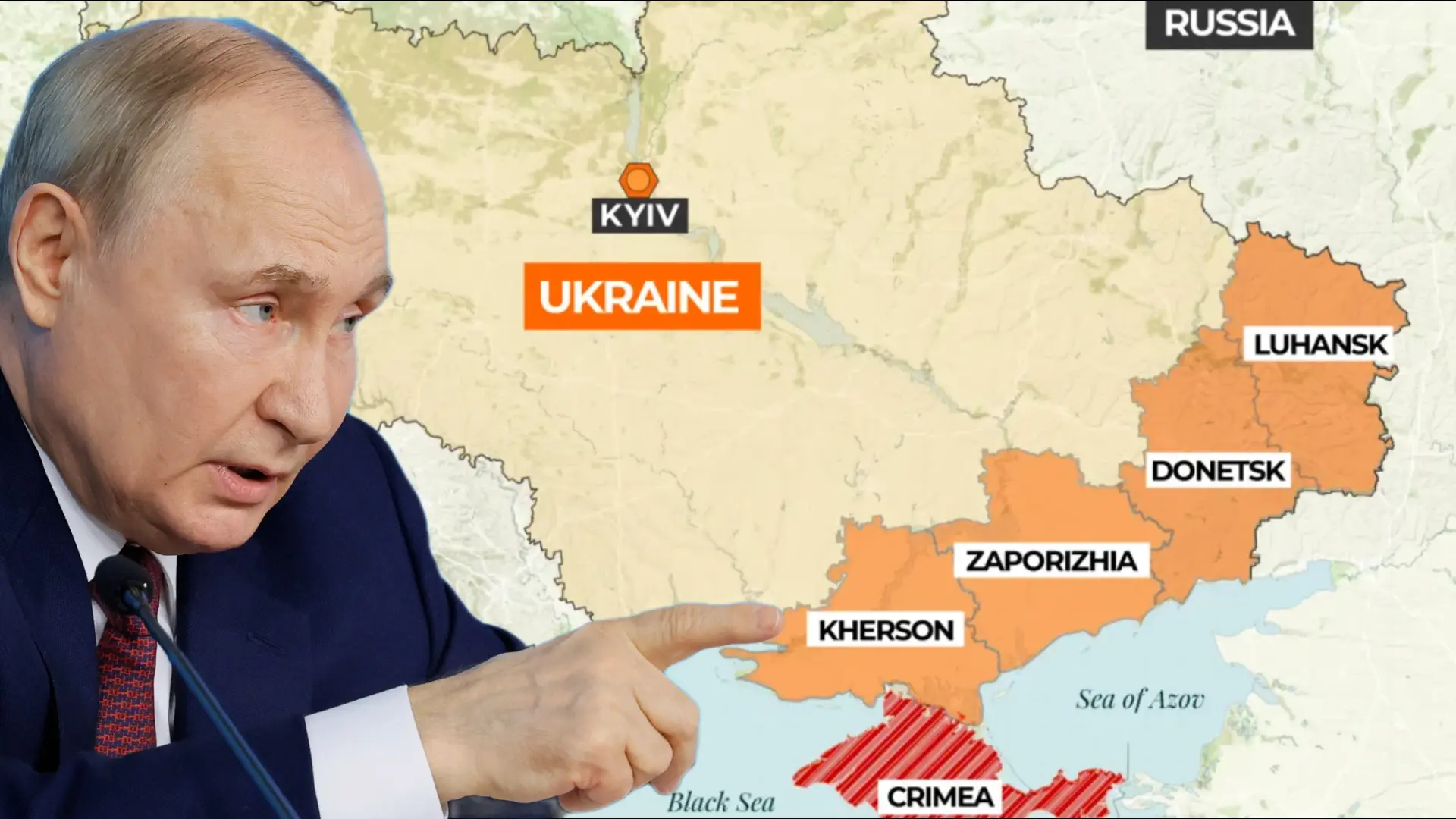
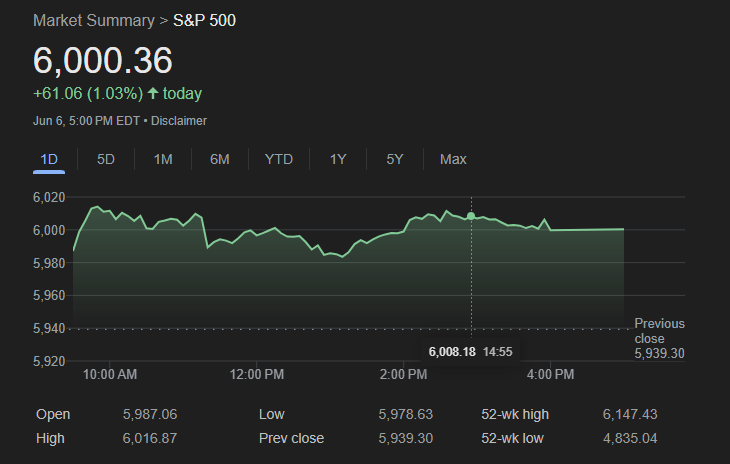

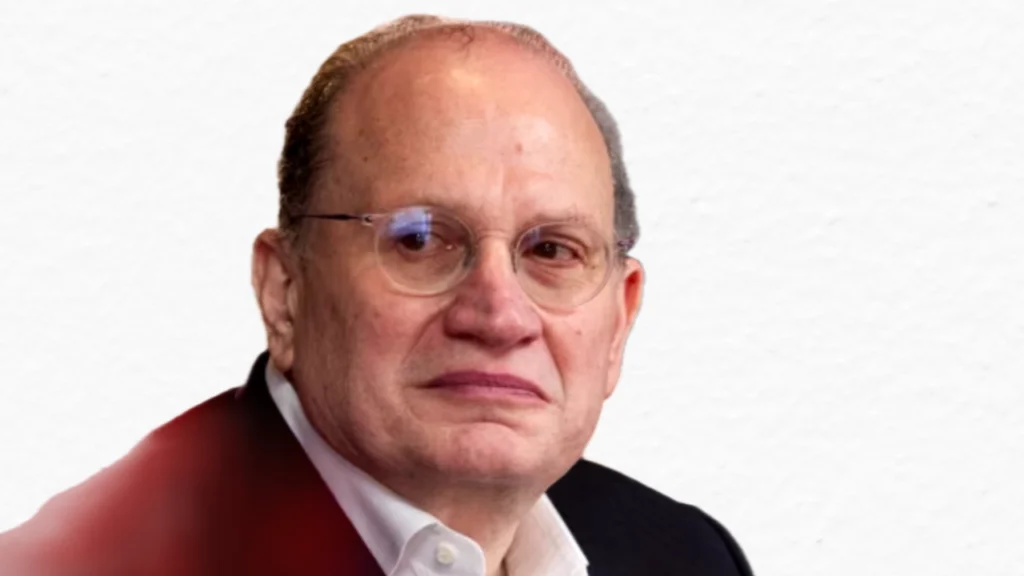
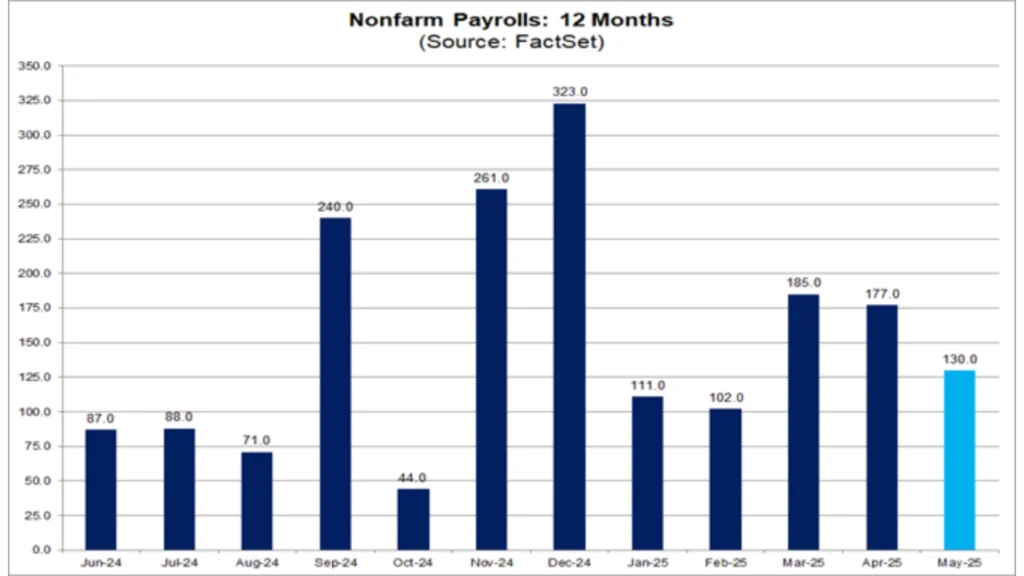
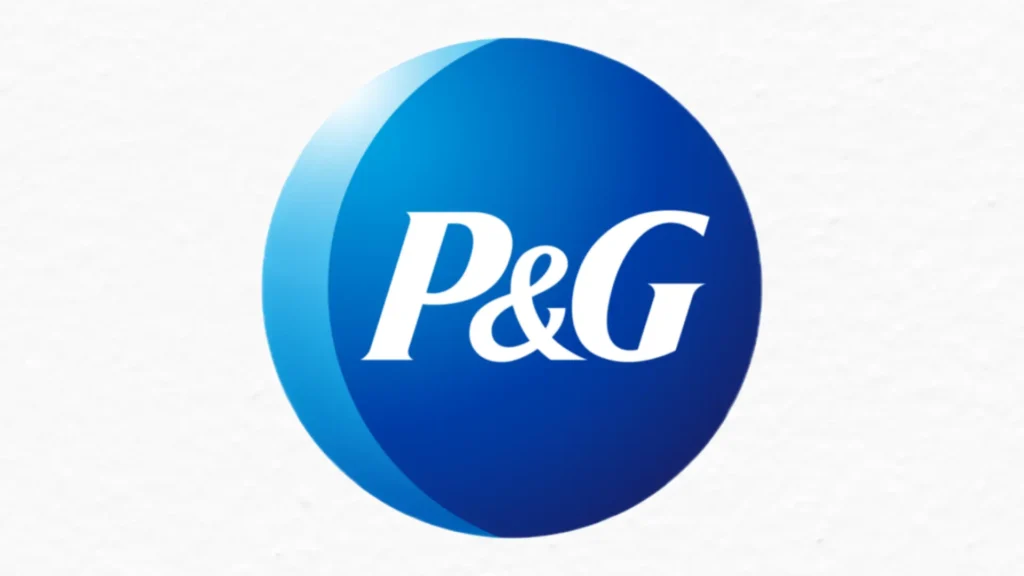

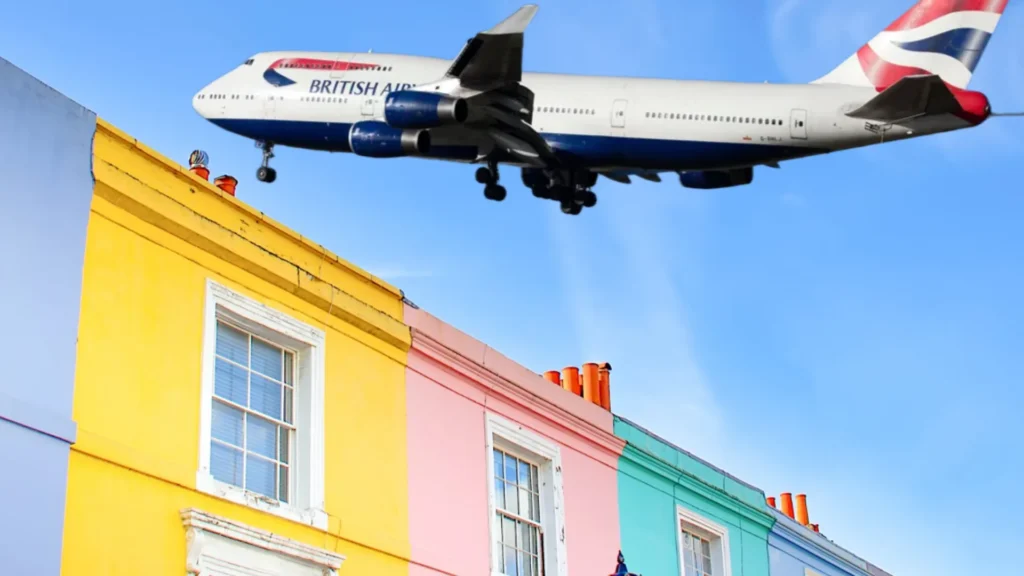



Leave a Reply